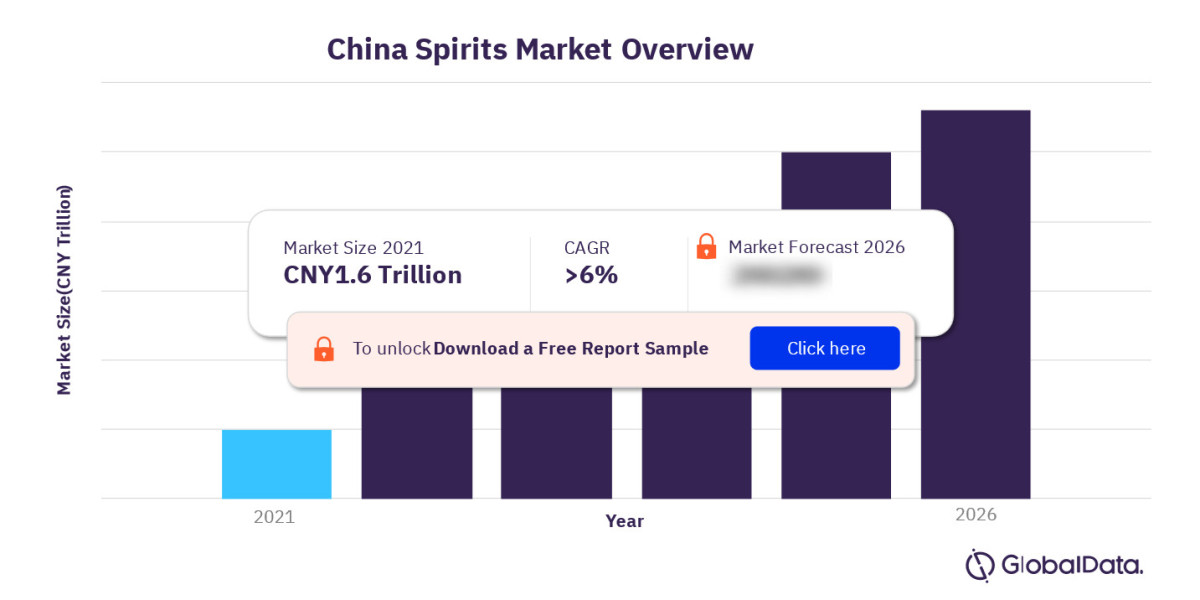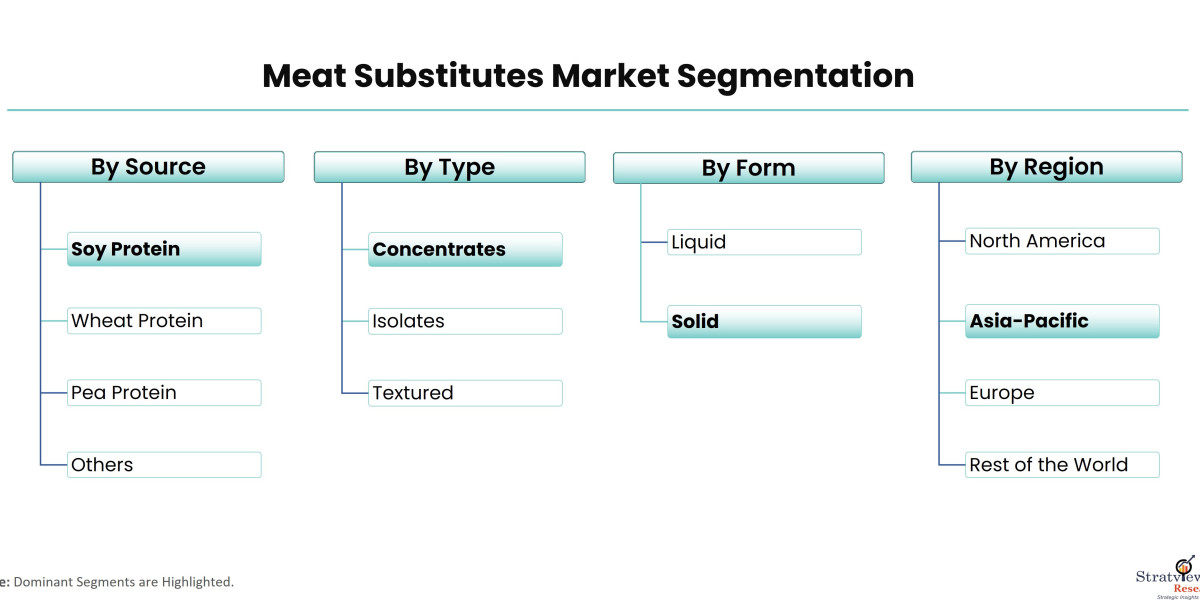Introduction
China's spirits market is a dynamic and fascinating sector, reflecting both the country's rich cultural heritage and its rapid modernization. Understanding this market is crucial for anyone looking to explore the depths of China's economic landscape or considering entering this vibrant industry. In this article, we will delve into the historical background, types of spirits, market dynamics, consumer trends, economic impact, and much more, providing a comprehensive overview of the Chinese spirits market.
Historical Background of Chinese Spirits
Chinese spirits, known for their unique flavors and traditional brewing methods, have a history that spans thousands of years. Ancient Chinese civilizations mastered the art of distillation, creating spirits that were not just beverages but integral parts of social rituals and medicinal practices. Over the centuries, these spirits evolved, with each dynasty contributing to the refinement of production techniques and the diversity of offerings.
Types of Chinese Spirits
Baijiu
Baijiu, the most iconic Chinese spirit, holds a special place in the hearts of many. Known for its potent alcohol content and distinctive taste, Baijiu is made from sorghum and other grains through a complex fermentation process.
Production Process
The production of Baijiu involves solid-state fermentation, where grains are mixed with water and a fermentation starter known as qu. The mixture is left to ferment in large pits, often made of mud, which imparts unique flavors to the spirit. After fermentation, the mash is distilled, resulting in a high-proof liquor that is aged and blended to achieve the desired taste.
Popular Brands
Notable Baijiu brands include Kweichow Moutai, Wuliangye, and Luzhou Laojiao. These brands have garnered international acclaim, with Moutai being particularly revered as a symbol of Chinese heritage and luxury.
Huangjiu
Huangjiu, or yellow wine, is another traditional Chinese spirit with a lower alcohol content compared to Baijiu. It is made from grains such as rice, millet, or wheat through a brewing process similar to beer.
Variants
Huangjiu comes in several variants, including Shaoxing wine, which is perhaps the most famous. This wine is known for its rich, mellow flavor and is often used in cooking and traditional Chinese medicine.
Regional Differences
Different regions in China produce unique styles of Huangjiu, each with distinct flavors and production methods. For instance, Shaoxing wine from Zhejiang province is particularly renowned for its quality and taste.
Other Spirits
In addition to Baijiu and Huangjiu, China's spirits market includes a variety of modern innovations and Western-influenced beverages. These spirits cater to evolving consumer preferences and are often characterized by their creative blends and innovative production techniques.
Modern Innovations
Producers are experimenting with new ingredients and fermentation methods, creating spirits that appeal to younger, more adventurous consumers. These innovations are helping to rejuvenate the market and attract a broader audience.
Western Influences
Western spirits such as whiskey and vodka have also made inroads into the Chinese market. Local distilleries are now producing their versions of these spirits, combining traditional Chinese techniques with Western styles to create unique products.
Market Dynamics
China's spirits market is vast and continually growing. The market size has expanded significantly over the years, driven by increasing domestic consumption and rising incomes.
Market Size and Growth
The Chinese spirits market is one of the largest in the world, with Baijiu alone accounting for a substantial share. The market's growth is fueled by the urbanization of the population and the rising middle class, who are increasingly indulging in premium spirits.
Key Players
The market is dominated by key players such as Kweichow Moutai, Wuliangye, and Yanghe. These companies not only lead in production but also set trends and standards for the entire industry.
Regional Markets
Different regions in China have varying levels of market activity. While urban centers like Beijing, Shanghai, and Guangzhou are major hubs, rural areas also contribute significantly to the market, especially through local distilleries and traditional production methods.
Consumer Preferences and Trends
Chinese consumers' preferences are evolving, influenced by factors such as modernization, health consciousness, and cultural pride.
Traditional vs. Modern Preferences
While traditional spirits like Baijiu and Huangjiu remain popular, there is a growing interest in modern and international spirits. Younger consumers, in particular, are experimenting with new flavors and brands, driven by curiosity and a desire for novelty.
Influence of Younger Generations
Millennials and Gen Z are reshaping the market with their preference for trendy, branded spirits. They are more likely to try new products and share their experiences on social media, influencing others and driving market trends.
Health Consciousness Impact
Health consciousness is becoming a significant factor in consumer choices. There is a rising demand for spirits that are perceived as healthier, such as those made with organic ingredients or lower alcohol content.
Economic Impact
The spirits market is a vital component of China's economy, contributing to various sectors and providing numerous employment opportunities.
Contribution to the Economy
The production and sale of spirits contribute significantly to the national GDP. The industry's growth also stimulates related sectors such as agriculture, packaging, and logistics.
Employment Opportunities
The spirits industry provides jobs for millions, from farmers growing the raw materials to workers in distilleries and sales professionals in retail outlets.
Export and Trade
China's spirits, particularly Baijiu, are gaining popularity in international markets. This export growth is enhancing China's trade balance and promoting cultural exchange.
Cultural Significance
Spirits hold a deep cultural significance in China, playing a crucial role in festivals, ceremonies, and daily life.
Role in Festivals and Ceremonies
Spirits are integral to Chinese celebrations such as the Lunar New Year, Mid-Autumn Festival, and weddings. They symbolize prosperity, longevity, and happiness, making them indispensable in these events.
Symbolism in Chinese Culture
In Chinese culture, spirits often symbolize respect, friendship, and hospitality. Sharing a drink is seen as a gesture of goodwill and bonding.
Challenges in the Market
Despite its growth, the Chinese spirits market faces several challenges that need addressing.
Regulatory Hurdles
Strict government regulations can sometimes hinder market expansion. Producers must navigate complex legal requirements to ensure compliance.
Counterfeit Products
Counterfeit spirits are a significant issue, affecting both consumers' health and the reputation of authentic brands. Efforts to combat this problem are ongoing but challenging.
Market Competition
The market is highly competitive, with numerous brands vying for consumer attention. This competition drives innovation but also poses risks for smaller players who may struggle to keep up.
Opportunities for Growth
The future holds promising opportunities for the Chinese spirits market, driven by innovation and international expansion.
Innovation in Production
There is ample room for innovation in production techniques, including the use of new ingredients and sustainable practices. These innovations can attract new customers and set trends.
Expansion to International Markets
Chinese spirits, especially Baijiu, have immense potential in international markets. Effective marketing and branding strategies can help tap into this potential and drive export growth.
Marketing and Branding Strategies
Strong branding and innovative marketing campaigns are crucial for standing out in a crowded market. Engaging storytelling and cultural connections can resonate with consumers both domestically and internationally.
Impact of Technology
Technology is transforming the spirits industry, from production to sales.
Advancements in Production
Modern technologies are improving production efficiency and product quality. Automation and data analytics are playing significant roles in optimizing the production process.
E-commerce and Online Sales
The rise of e-commerce has revolutionized how spirits are sold in China. Online platforms offer consumers convenience and access to a wider range of products, boosting sales and brand visibility.
For more insights on the China spirits market forecast, download a free report sample



